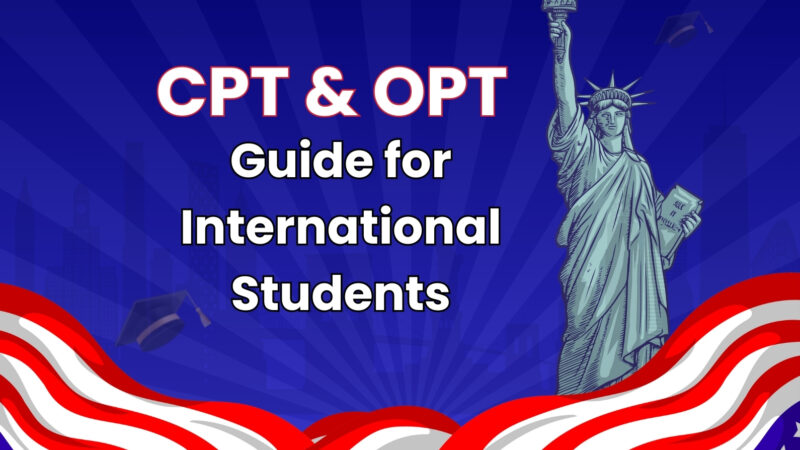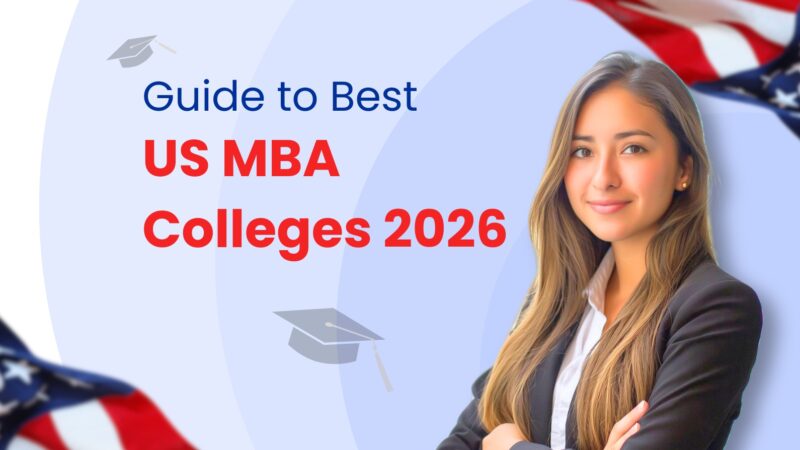
Beyond Rankings: How Students Decide Which Universities Actually Work for Them
In this article
- The Problem with Traditional Rankings?
- What Truly Matters to International Students?
- Studying in the USA: Flexibility vs. Cost
- Studying in the UK: Short Degrees and Strong Brands
- Studying in Europe: Affordability and Diversity
- European Advantages: Why More Students are Heading There
- Applying the Framework: How to Research Smartly
- Conclusion
- Frequently Asked Questions
When students dream of studying in a foreign country, world rankings of universities, such as QS, Times Higher Education, and US News tend to dominate in research. These rankings are easily comparative, more conspicuous, and prestigious. But the thing is that rankings are just one of the parts of the bigger picture.
Increasingly, international students are seeking universities that provide the best fit for their academic, personal, and professional goals beyond the numbers.
Decide Which Universities Actually Work
The Problem with Traditional Rankings?
Rankings typically focus on factors like research output, faculty-to-student ratio, academic reputation, and citations. However, what they do not capture are the ideas that hugely influence a student’s experience in universities in the USA, UK, and elsewhere. Quality of teaching, student support provision, career performance, and post-study work, and general cultural fit are hardly highlighted.
Actually, even QS itself acknowledges that rankings should not be regarded as a final decision (QS).
A report by BUILA revealed that only 38% of students ranked university position among their top decision-making factors, despite over 60% of institutions using rankings as a promotional tool (BUILA).
This disconnect highlights a crucial shift: students are increasingly demanding more relevant, grounded, and practical insights when choosing where to study.
What Truly Matters to International Students?
Instead of focusing on the logo, one should consider the overall experience when selecting a university. Good rankings do not always equate to a good fit of your objectives. The high-ranking university may have fewer internship opportunities, ineffective support, and may not offer flexibility in course design. Worse still, focusing only on rankings can distract students from evaluating factors that directly impact their academic success and well-being.
Many students now use a more comprehensive approach. They analyze the strength of a specific program, teaching style, industry connections, internship access, and post-graduation support. Also, there are financial factors including tuition fees, cost of living, and availability of scholarships that are crucial. The issues of safety, cultural fit, language, visa regulation, and post-graduation work permit are all becoming important in the decision.
Studying in the USA: Flexibility vs. Cost
Taking the case with the students who evaluate U.S. universities, academic flexibility and internship networking are more crucial than prestige in most cases. The US education system provides options like work-study, liberal education and double majors, which allow students to customize their education.
Nevertheless, the expense of tuition and the cost of living are too high, and financial aid and payback are paramount considerations. The most popular ones are MIT, Stanford, UC Berkeley, and Carnegie Mellon, particularly for their STEM programs.
Studying in the UK: Short Degrees and Strong Brands
In the UK, students benefit from shorter course durations, with most undergraduate programs lasting just three years. List of universities in UK, like Oxford, Cambridge, UCL, and the University of Edinburgh, are world-renowned.
Still, students also weigh factors like the cost of living in different cities, quality of student services, and the terms of the Graduate Route visa, which allows two years of post-study work. Academic rigor in the UK is high, but students must adapt to more independent learning with fewer contact hours.
Studying in Europe: Affordability and Diversity
Other European nations not in UK have a different package of benefits. International students have become more popular in countries such as Germany, the Netherlands, Sweden, and France. Specifically, the free (or low) tuition at public universities in Germany and the high chances of engineering and technology students are available.
The Netherlands offers numerous English-taught programs and has a progressive education style that emphasizes group work and real-world problem-solving. France and Italy appeal to students in the arts, fashion, and business, with universities such as Sciences Po and Bocconi gaining international attention.
European Advantages: Why More Students are Heading There
Affordability is a huge attraction in European education. The Best European countries for international students offer shorter degrees, more lenient work visa regulations, and robust government services. Schools such as ETH Zurich, LMU Munich, or the University of Amsterdam offer high-quality education at a significantly lower cost than Anglo-American schools.
Still, language requirements, cultural adjustment, and bureaucratic obstacles are the other factors to consider by students as well.
Applying the Framework: How to Research Smartly
Each student’s priorities differ. For someone interested in global mobility, flexibility, and credit transfer, these factors might weigh more. Employability and alumni networks may be of greater significance to individuals interested in employment opportunities in North America.
The rankings can be used as a starting point, but ultimately, the bottom line of the decision is the environment in which the student believes they can succeed. Visiting campuses, taking virtual tours, speaking with current students, and studying the details of courses are all essential steps in making an informed decision.
Final Thoughts: Make an Informed, Personal Decision
Ultimately, studying at a foreign university is not merely an academic choice but a life-changing decision. Rankings may open the door, but it is only a proper understanding of what a university provides that will make you know whether it is the right university or not. Dig deeper, conduct thorough research, and prioritize your objectives. It is the way you will discover the university that really works with you.

Frequently Asked Questions
Are rankings useless when choosing a university?
Not at all. Rankings provide a useful starting point but should not be the only consideration. They overlook many practical aspects of student life and post-graduation outcomes.
What factors should I prioritize when choosing a university abroad?
Focus on program quality, faculty expertise, career outcomes, support services, tuition cost, visa policies, and cultural fit. These directly impact your academic success and future.
Is it better to attend a lower-ranked university with a strong department in my field?
Absolutely. A university with a specialized and industry-connected department can offer better opportunities than a higher-ranked, but more generalist, institution.
How important are post-study work opportunities?
Very important. Your ability to gain experience after graduation can shape your career trajectory. Always research visa rules and job market conditions.
Should I visit universities before applying?
If feasible, yes. Campus visits help you assess the environment and support systems. If not, virtual tours, webinars, and student Q&As are valuable alternatives.
Book A Free Counseling
Related Blogs
Want to connect with
Our Experts?
We provide keep one to one counselling to
Study Abroad Aspirants









